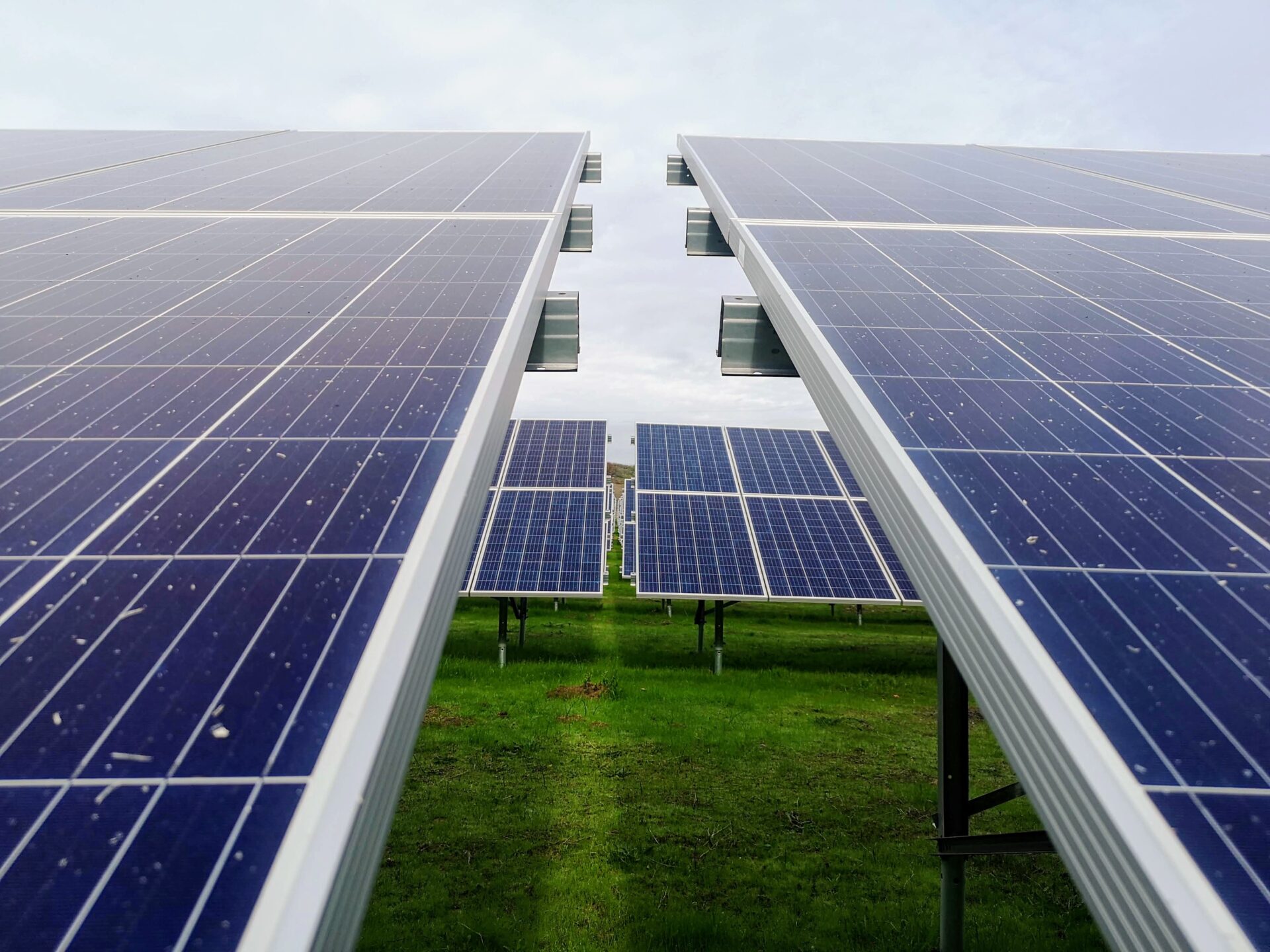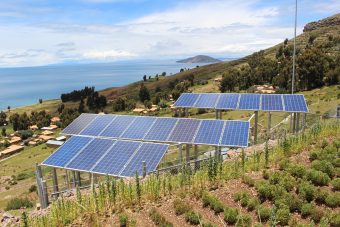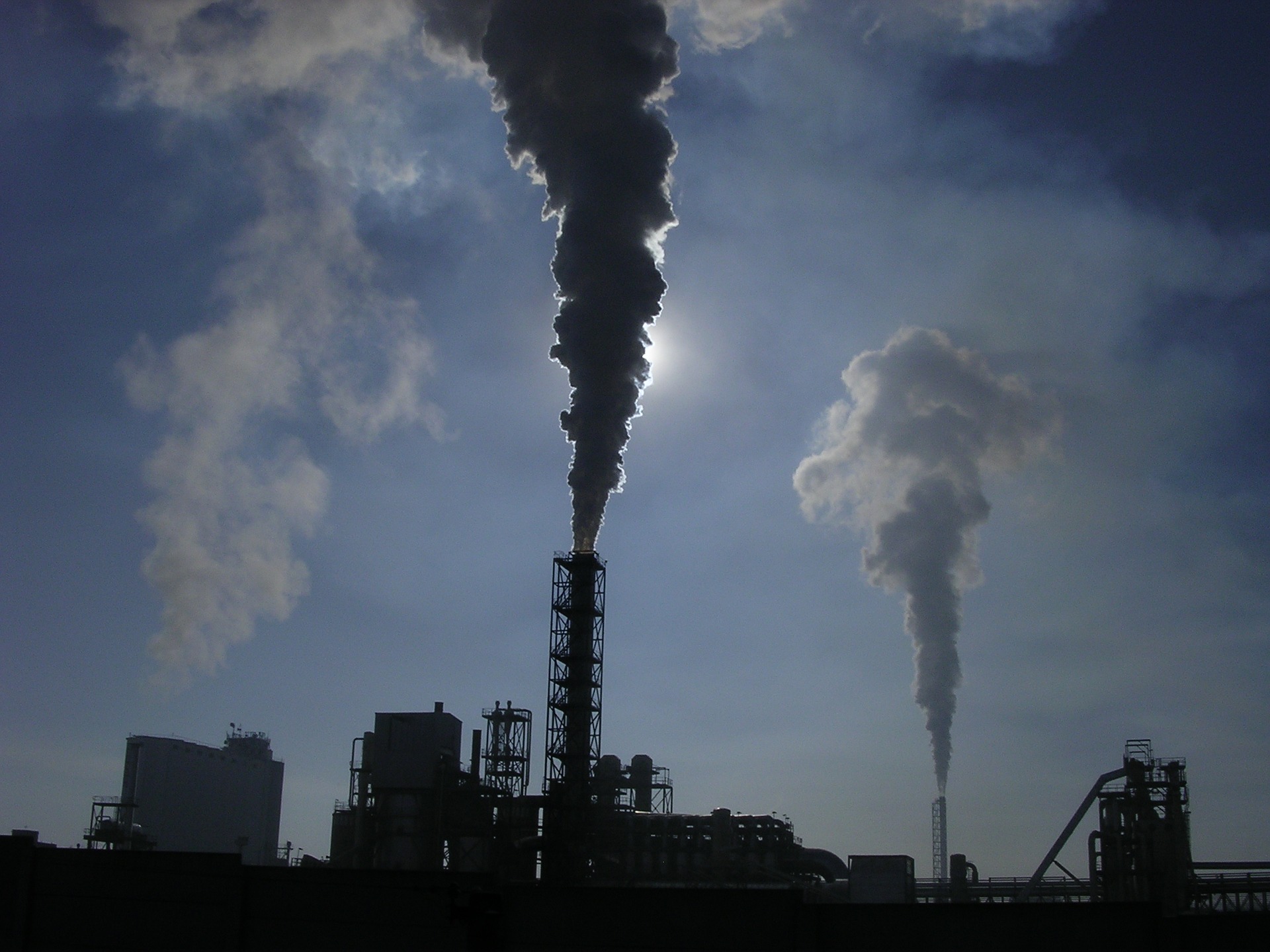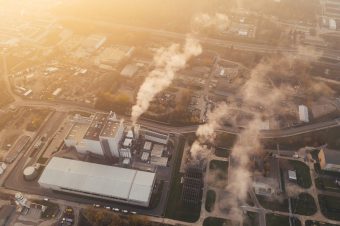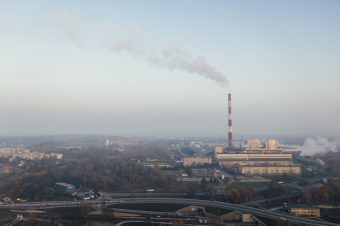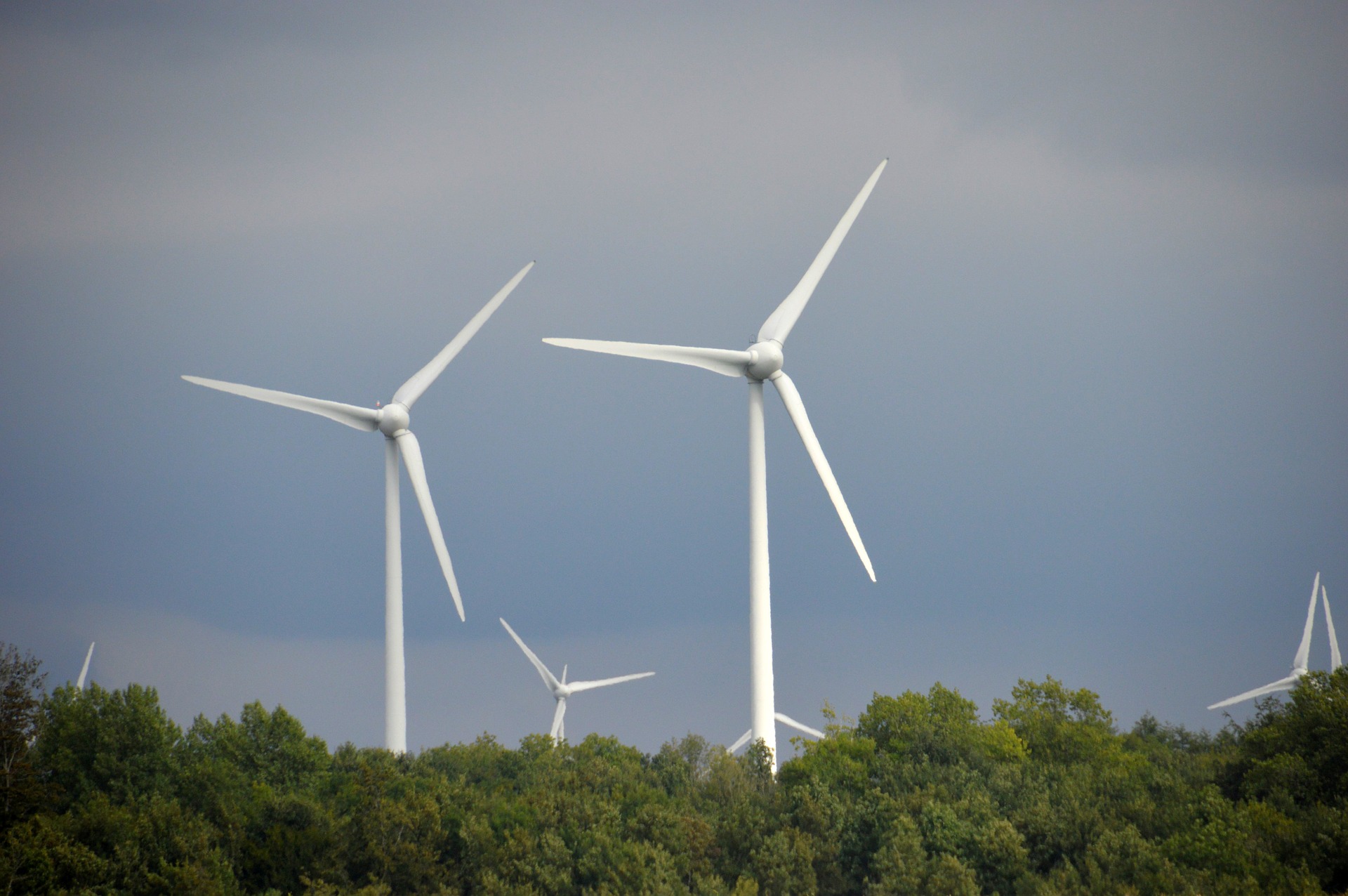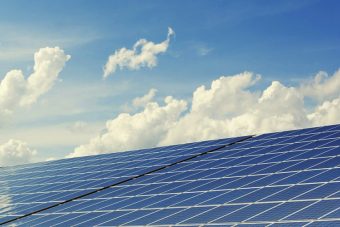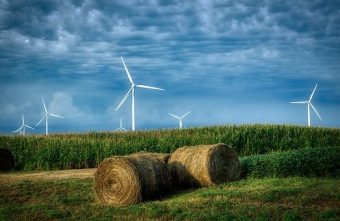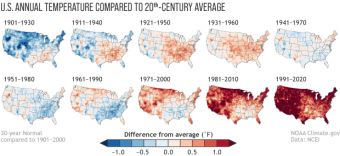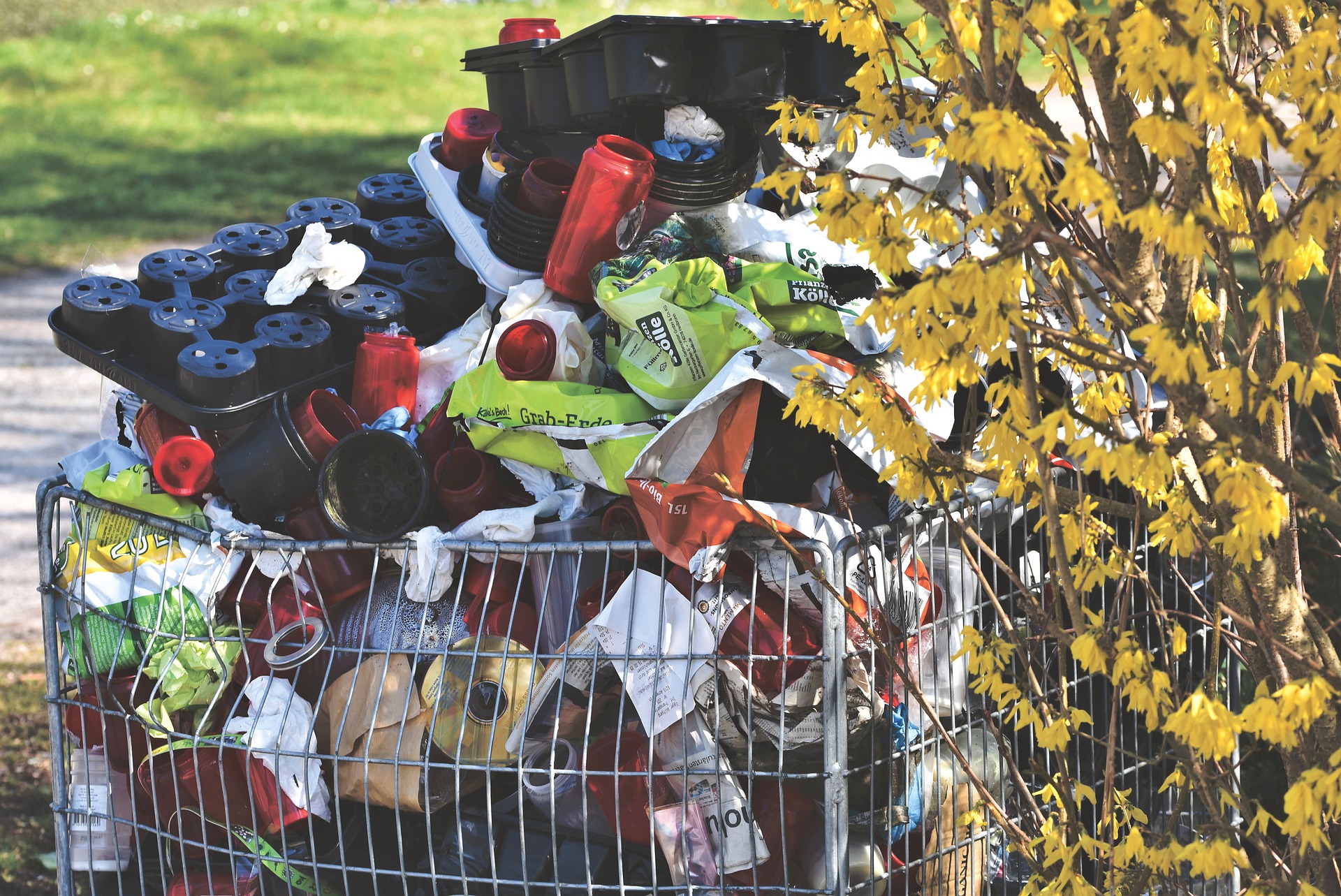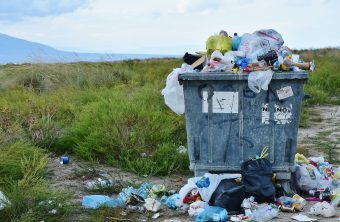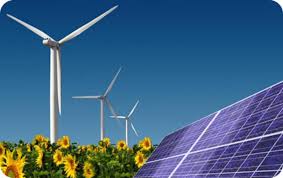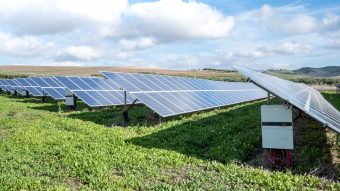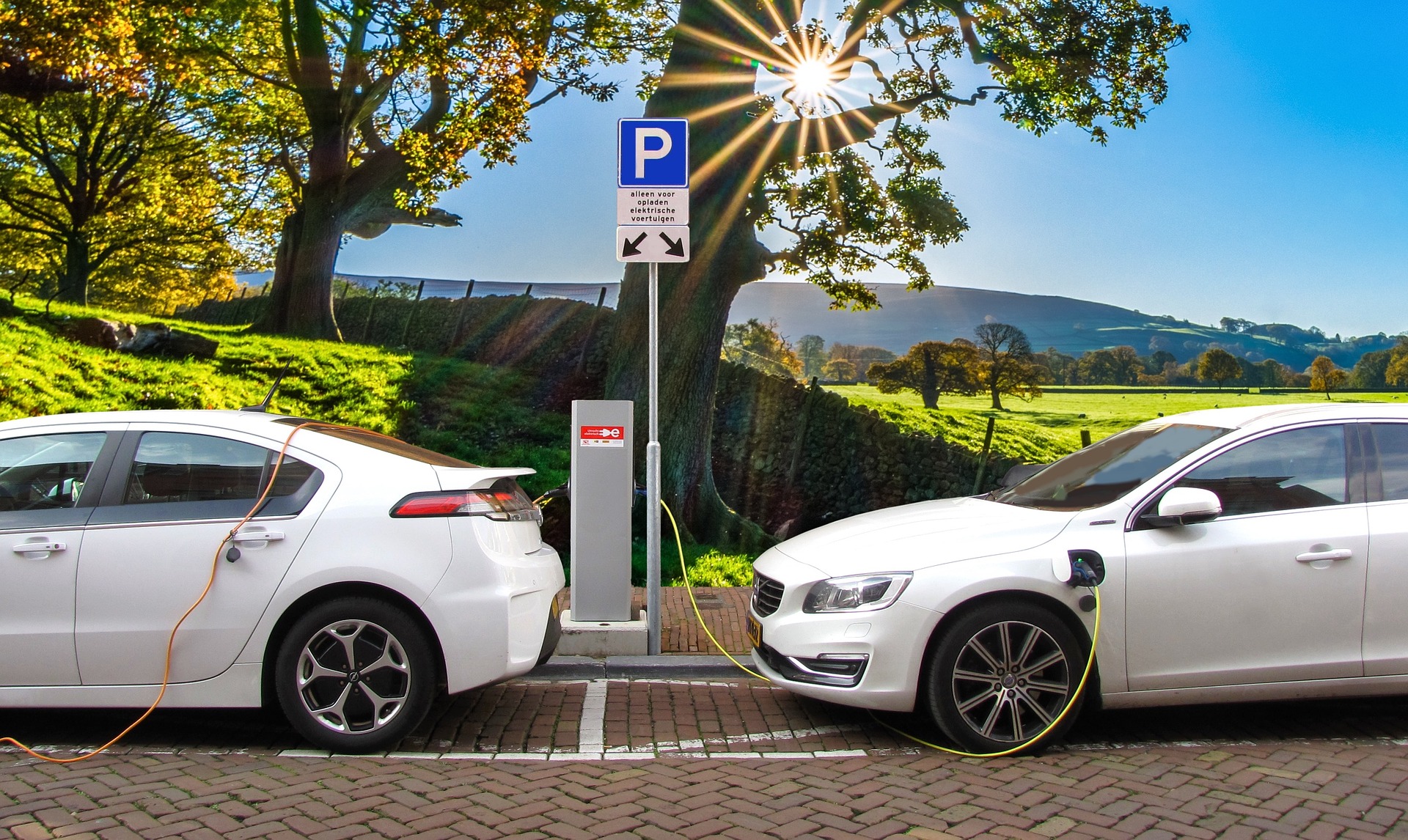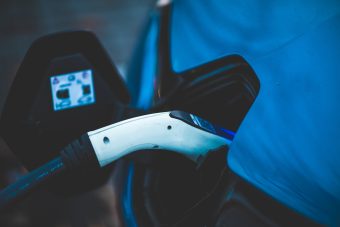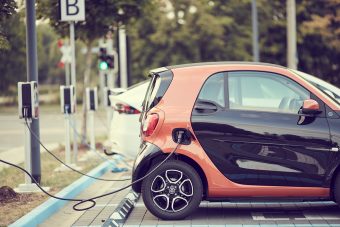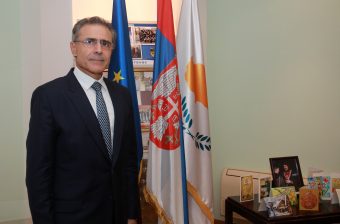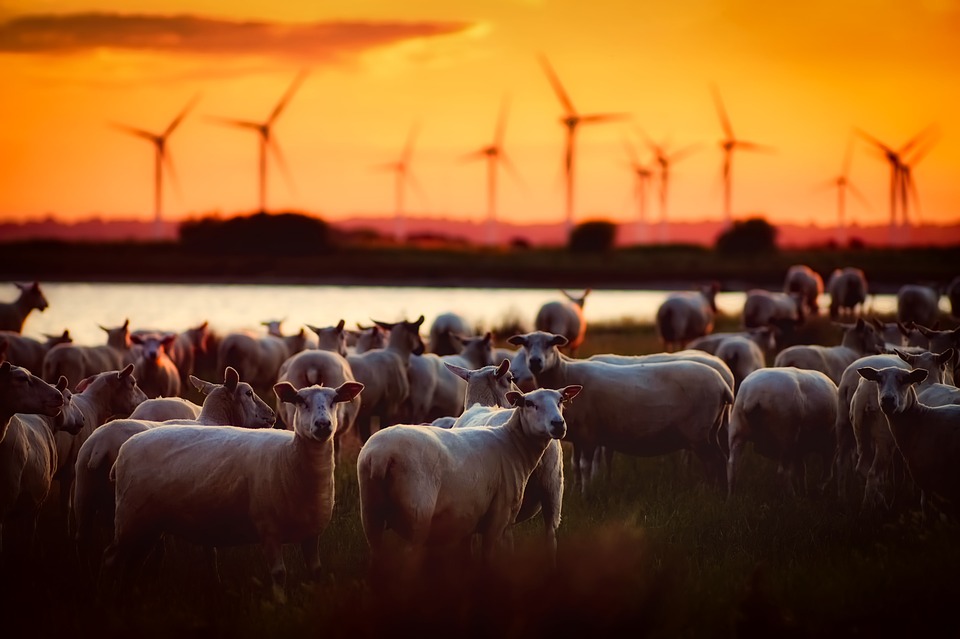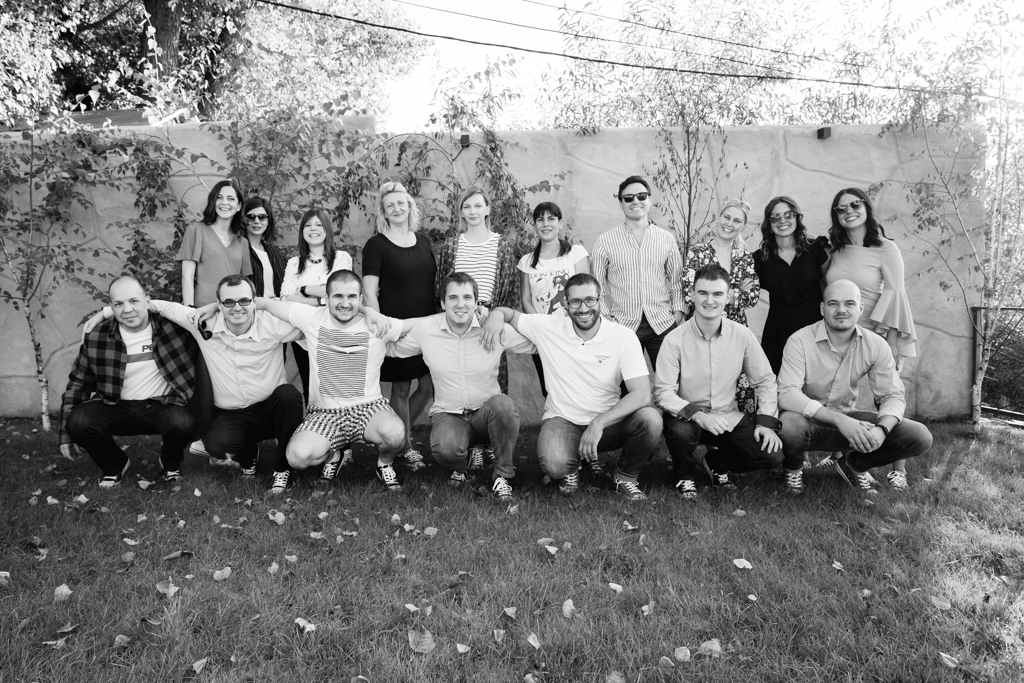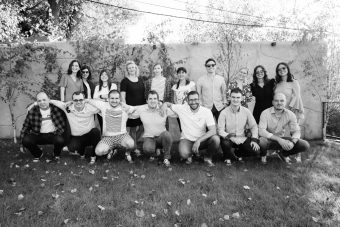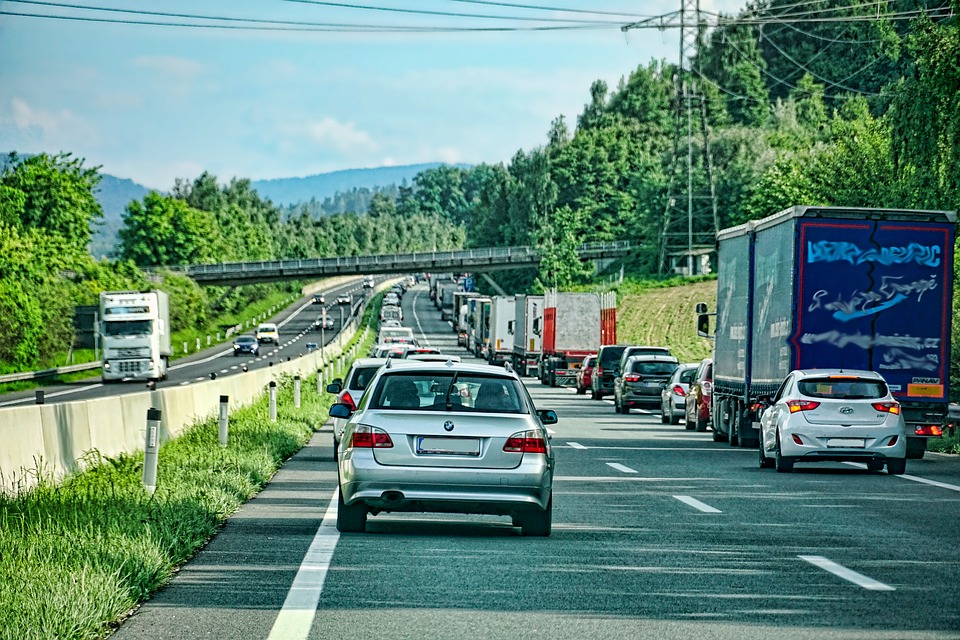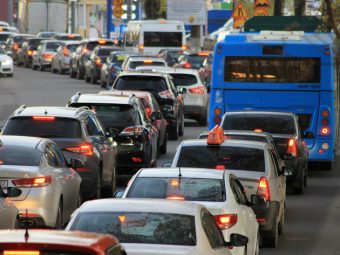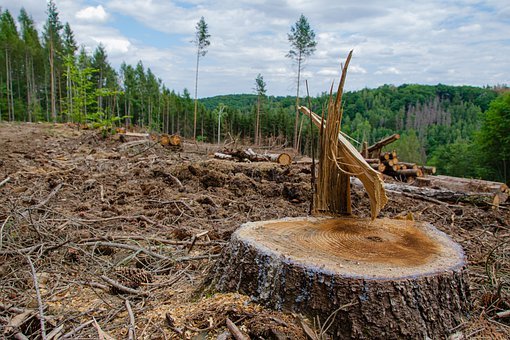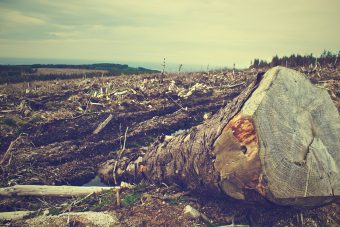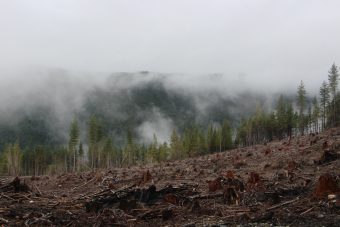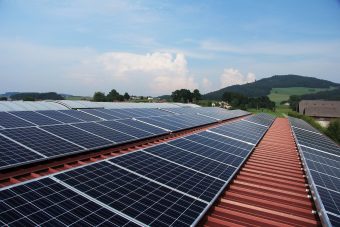
The government of Uzbekistan’s plans to develop 8 GW of solar and wind capacity by 2030 have received a major boost following the approval of an EUR 87.4 million financing package jointly organised by, the European Bank for Reconstruction and Development (EBRD), the European investment Bank (EIB) and PROPARCO, a subsidiary of Agence Française de Développement. The funds will be used to construct and put into operation a 100 MW photovoltaic solar power plant near the city of Samarkand.
The package will be provided to project developer Tutly Solar LLC, which is fully owned by Total Eren, a leading France-based independent power producer (IPP) from renewable energy sources (mainly solar and wind), active globally. It will consist of an EIB loan of EUR 43.7 million and two loans of approximately EUR 21.8 million each from the EBRD and PROPARCO.
This is one of the first private-sector renewable energy projects in the country. It will help diversify the energy mix, which is currently dominated by fossil fuel-fired power stations, and increase generation capacity and the reliability of supply to address growing demand for electricity. Once implemented, the project will help reduce annual greenhouse gas emissions by 160,000 tonnes of CO2 equivalent and generate an additional 270 GWh of electricity for thousands of inhabitants of Central Asia’s most populated country.
The project will thus contribute to priorities identified in the United Nations’ 2030 Sustainable Development Goals (SDGs): affordable and clean energy; decent work and economic growth; industry, innovation and infrastructure; and climate action.
More:
After the commissioning, the electricity produced by Tutly Solar will be sold to the operator, National Electric Networks of Uzbekistan, through a 25-year power-purchasing agreement. The project, which involves Total Eren as one of the first Independent Power Producers in the country, will develop Uzbekistan’s huge solar potential.
“PROPARCO is pleased to contribute to financing the Tutly solar power plant, a unique project developed by Total Eren and our first project in the renewable energy sector of Uzbekistan. This financing is fully in line with AFD Group’s ‘100 per cent Paris Agreement’ commitment,” said Anne Gautier, head of PROPARCO’s Power and Digital Division for this region.
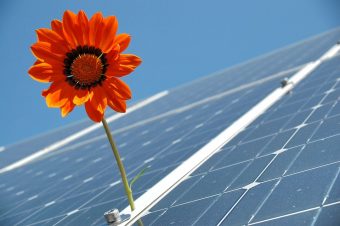
EBRD Managing Director, Sustainable Infrastructure Group, Nandita Parshad commented: “We are very proud to co-finance this landmark project conceived by Total Eren. It is contributing to Uzbekistan’s long-term decarbonisation strategy, which is being developed jointly with the EBRD and is designed to achieve carbon neutrality of the power sector by 2050, as well as to align development of the country’s power sector with commitments under the Paris Agreement.”
Teresa Czerwińska, Vice-President at EIB, Responsible for operations in Uzbekistan, stated: “With Climate Action at the heart of the EIB investment activities, we are proud to support development of Tutly solar plant in Uzbekistan. The plant will make an important contribution to both country’s sustainable economic and social development, and allow Uzbekistan to reinforce the global fight against the climate change. This makes Tutly an investment in local economic development and the future of our planet. I am grateful to our partners from the European Union, the EBRD and Total Eren for the far-sighted partnership for a safe and prosperous future of Uzbekistan, Central Asia and the world.”
Laurence Juin, EVP and CFO of Total Eren, stated: “We are pleased to have successfully finalised the financing of our first solar project in Uzbekistan, and I would like to thank the Uzbek authorities and our lenders, the EIB, the EBRD and Proparco, for their support, as well as our teams in Tashkent and Paris for their hard work. Total Eren is proud to be one of the first independent power producers to develop, build, and finance a solar project in Uzbekistan to supply the population with low-carbon electricity and help reduce the country’s dependence on fossil fuels. We are eager to commission the Tutly solar farm and to develop other renewable energy projects in Uzbekistan and in the region.”
Source: EBRD

